Bor∙der (noun). A line separating two political or geographical areas, especially countries.
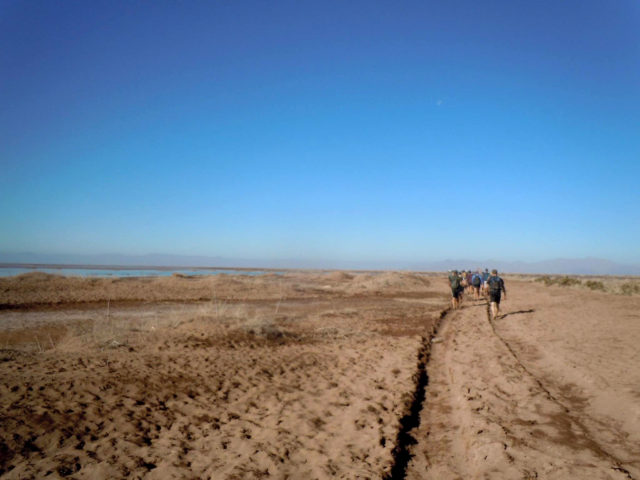
Countries, people, wildlife and even water. Edward Abbey said that there is no shortage of water in the Southwest desert but exactly the right amount, a perfect ratio of water to rock, water to sand. He said that there is no lack of water here unless you try to establish a city where no city should be.
That right amount, that perfect ratio, is nonexistent now. There used to be a river that flowed here once, but now you only see gravelly peaks, eroding sand dunes, shrubs and scattered trees holding on to the dusty soil, begging for survival.
I remember my first trip to the Delta two years ago. Watching the moon rise over Southwestern skies I was joining a group of 23 students from Whitman College on a trip to study the Colorado River Delta in Mexico. We were sitting in a circle on the sandy banks of the Colorado River Delta, surrounded by young cottonwoods and willows and munching on buffalo burgers that the cook crew just prepared.
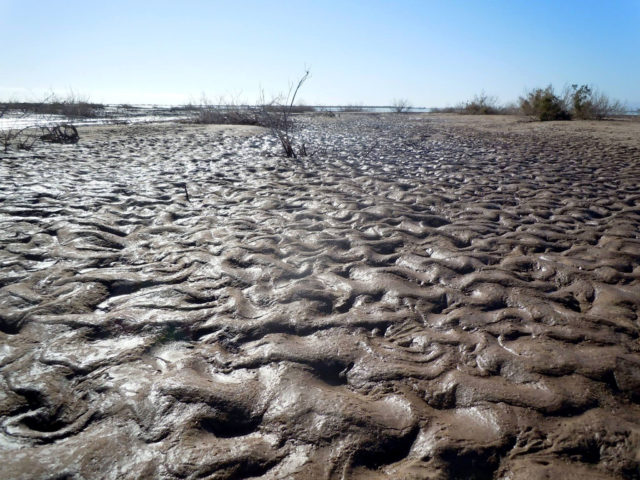
Do you know that feeling when you are hungry and you can’t eat? When you get cranky and desperate, when even the slightest miscalculated comment from a friend can make you explode? The ecosystem here is like that. The dry desert is screaming for water and can’t get it. The touch of our hands breaks the branches, the weight of our steps causes the already cracked soil to crumble underneath our feet.
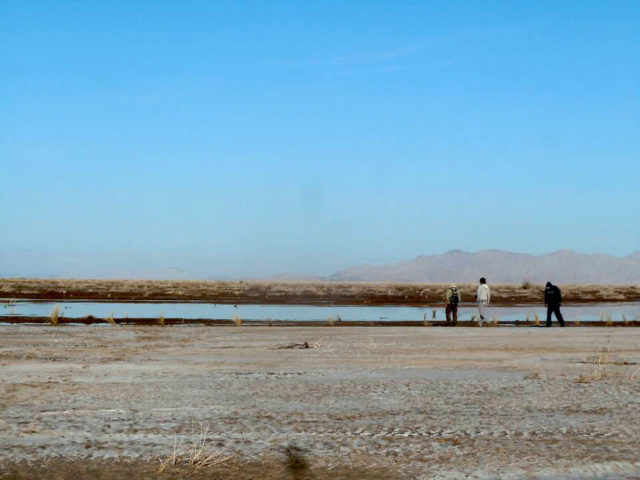 The Colorado River is one of the most controlled rivers on Earth. It starts high in the Rocky Mountains, over two miles above sea level. It is meant to meet with the Gulf of California between the Mexican states of Baja California and Sonora after flowing nearly 1,500 miles. The river does not meet the Gulf anymore. We have built more than 100 dams for flood control, hydroelectricity and storing and diverting agricultural and municipal water. These 100 dams also can act as wildlife borders and barriers.
The Colorado River is one of the most controlled rivers on Earth. It starts high in the Rocky Mountains, over two miles above sea level. It is meant to meet with the Gulf of California between the Mexican states of Baja California and Sonora after flowing nearly 1,500 miles. The river does not meet the Gulf anymore. We have built more than 100 dams for flood control, hydroelectricity and storing and diverting agricultural and municipal water. These 100 dams also can act as wildlife borders and barriers.
South of the USA-Mexico border, ecosystems are weakening. The waterless riverbed echoes drought, for as far as you can see. It has been more than 50 years since the river has reached the ocean with any regularity. Countless species have disappeared from the area, migrating elsewhere and altering the ecological makeup of this place.
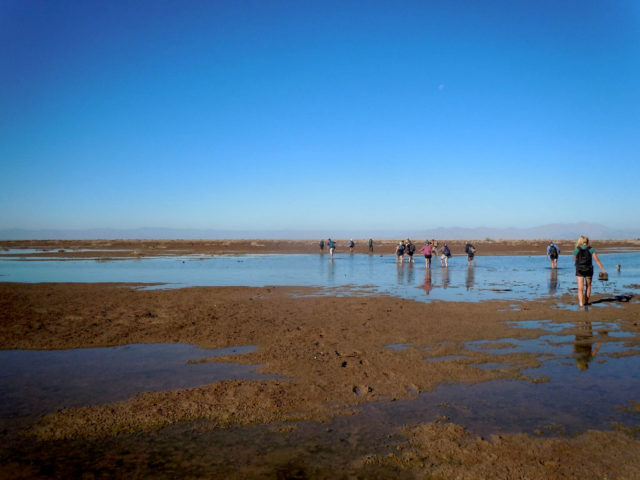
Guiding us through the Delta are staffers from the Sonoran Institute, one of several non-profit groups working to restore the Colorado River Delta ecosystems. These groups span national borders to restore the river in both the U.S. and Mexico. They think about the future of this tremendously important place: the birds, the fish, the rest of the wildlife and also the people here who depend on fresh water.
Following the dry channel south, we arrive where the river used to meet the ocean. We walk knee-deep in salty mud. When the tide is high it floods these plains, and years ago when the fresh river water and ocean mingled, they created a very special estuarine ecosystem. That one too, is almost gone.
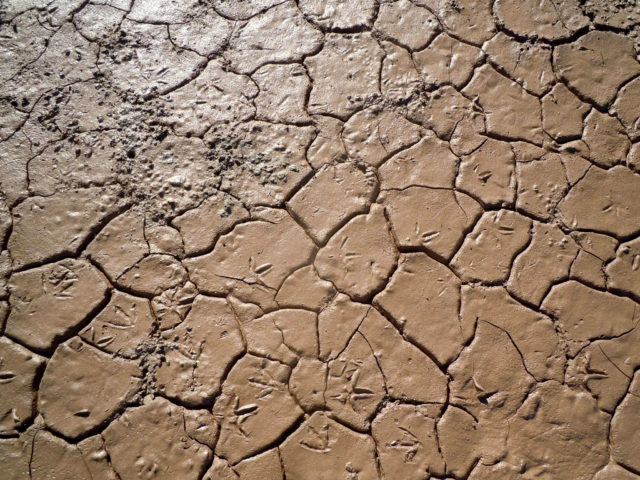
More than 200 species of birds, fish, mammals, reptiles and amphibians depend on this river estuary, this fragile ecosystem: Shrimp and fish like the endangered Totoaba and desert pupfish; the Vaquita, one of the rarest ocean mammals; top-of-the-chain predators like coyotes and bobcats; at least nine species of insect-eating bats; endangered birds like the Southwestern willow flycatcher and Yuma clapper rail.
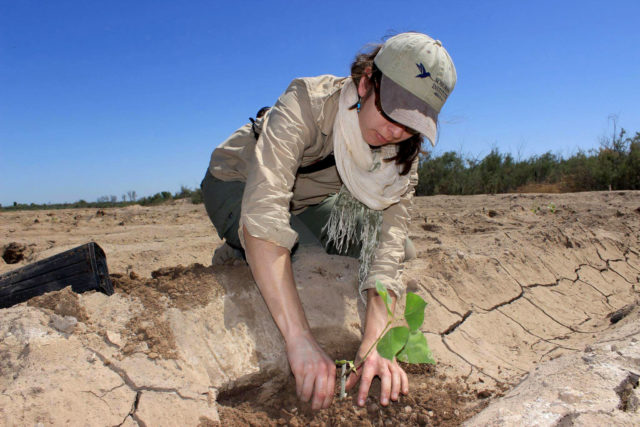
By the time the Colorado reaches Mexico, its water is distributed for agriculture, energy and drinking water. The percentage destined for the environment is nil. Three years ago, after many years of recognizing the ecological and economic importance of the Delta, the U.S. and Mexico signed an amendment to the International Boundary Water Commission 1944 treaty– called “Minute 319” in the language of treaties – to release more water south of the U.S. border and try to keep the Delta alive.
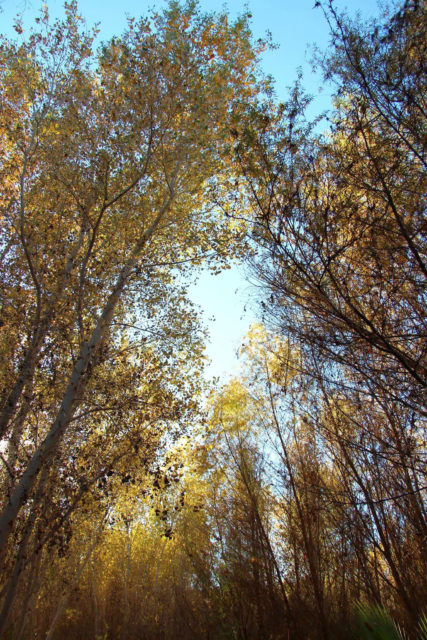
Some trees in the delta have reached more than 30ft since they were planted in 2011.
I am now part of the organization that guided me and 23 students through the Delta. The Sonoran Institute has worked here for 20 years, with efforts that follow rivers rather than borders we are now part of a growing movement of communities, governments and groups working across national lines to protect our shared ecosystems. In Tijuana, Mexico, Americans and Mexicans are combining efforts to reduce sediment, trash and polluted storm water in the Tijuana River as it flows through both nations. Joint water restoration and anti-pollution efforts are under way or planned at multiple points along the border.
On the Colorado, restoration teams decided to use Minute 319 for a grand experiment: to imitate nature with even this tiny fraction of the river’s historic flow. Mimicking the surges of snow melt that briefly fill desert river channels in the spring, they opened Morelos Dam, the last dam on the Colorado, to send a “pulse flow” of 105,000 acre-feet of water (an acre foot is the amount of water it would take to cover an acre of land at a depth of 1 foot) through the dry channels. The hope was that riverbank vegetation will be soaked and reseeded and trees will get enough of a drink to stay alive through the dry season. Over the course of eight weeks, the river ran again. For the first time in many years, the Colorado briefly met the Gulf of California.
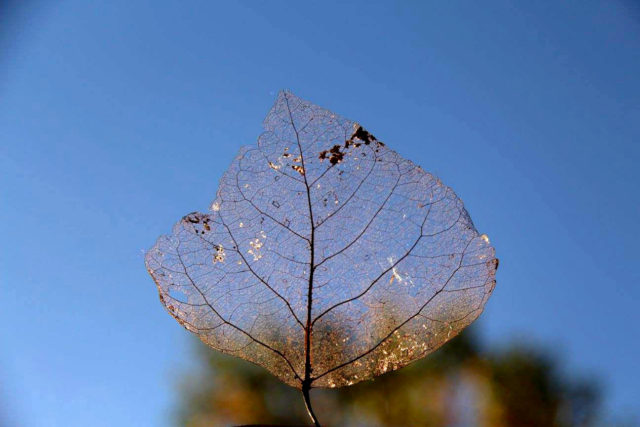
Today, the river remains at a low “base flow” under the agreement. The river once again runs dry before it reaches the sea.
Did the pulse flow work? Can humans be clever enough, imitate nature closely enough, to bring back a habitat with just a fraction of the water it once got each year? So far we have only seen positive changes in the ecosystem, like increased seedling establishment and increased suitable habitat for native plants.
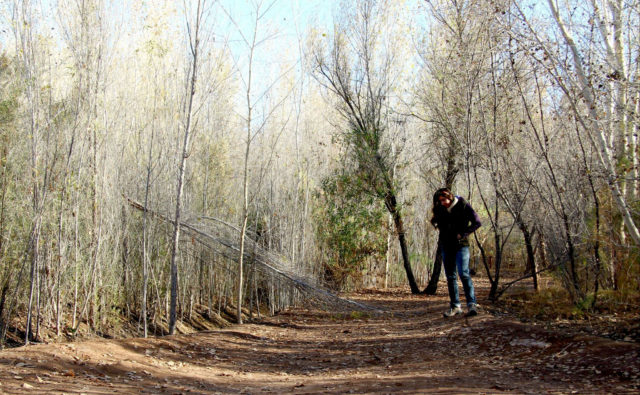
In scientific terms, success can’t be measured yet. Ultimately it will be measured by numbers, by how many wildlife species come back after being gone for decades, by how many native trees sprout, by how many meters the cottonwoods and willows grow after they are replanted.
But I like to think about measuring the success of Minute 319 and the Pulse Flow as a way of nature showing us how resilient this ecosystem can be. Saplings appeared along the river quickly after the Pulse Flow and now two years after, those trees are over 6ft tall. There are also more birds and beavers using the area, all because the presence of water and the increased connections between meanders and the main river channel. The water has also attracted the local community, giving children the opportunity to trail their hands in water where there used to be only dry channels.
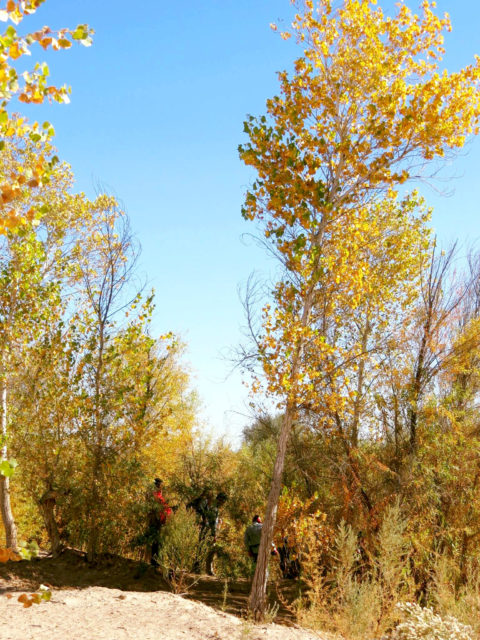
Next year, 2017, the U.S. and Mexico have the chance to renew Minute 319, keeping that slender thread of the Colorado River feeding trees and shrubs, wildlife and human communities from the border to the sea. If it is approved, some day in the future perhaps the Delta will once again see the vast flocks of birds that used to stop over each winter on their journey south through the Pacific Flyway.
For now, the dry textured sand I hold in my hands speaks of memories of its underwater and borderless journey. I am holding fragments of the Rocky Mountains, I am holding pieces of the Grand Canyon. Borders won’t stop the desert dance. Life prevails.
Blog Post By: Gabriela Gonzalez-Olimon, Sonoran Institute
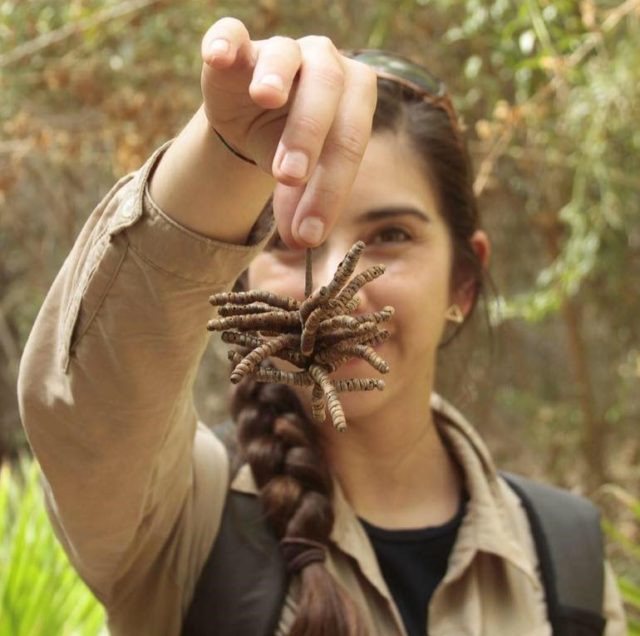
Gabriela Gonzalez-Olimon joined the staff of the Sonoran Institute two months after this trip along the Delta. She is a biologist and works as an environmental education coordinator, taking school children to see the river make a comeback. She lives in Mexicali, Baja California.
